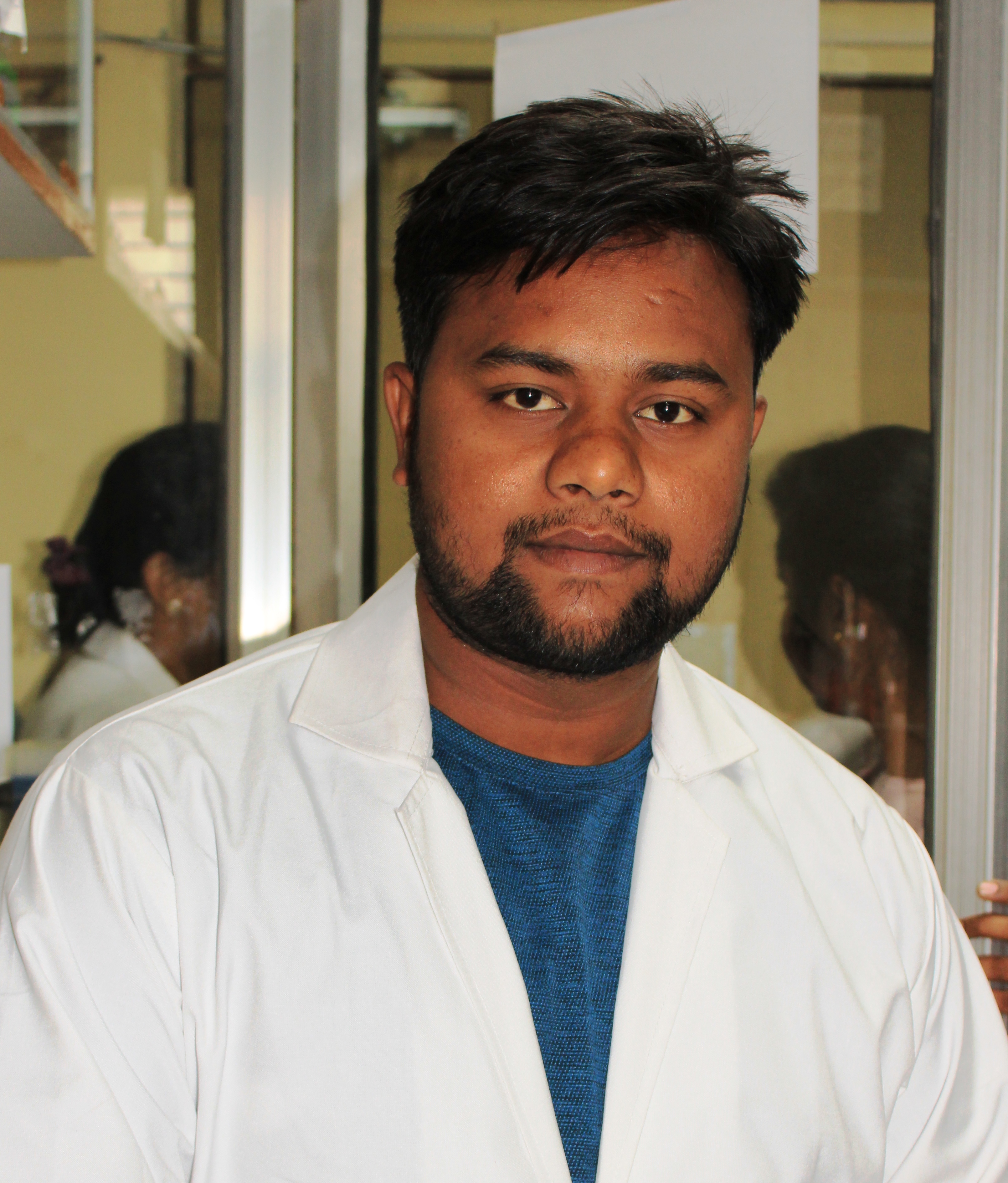4125
Scientific Program

Ajay Kumar Sahi
Indian Institute of Technology (Banaras Hindu University), India
Title: Fabrication of Silk-Gelatin Based Corneal Analogs Using Electro spinning Technique
Biography:
Ajay Kumar Sahi has completed his M.Tech from IIT Guwahati and currently pursuing his PhD from Indian Institute of Technology (Banaras Hindu University), Varanasi, India. His research interest is oriented towards corneal tissue engineering. He has published more than 2 research papers in reputed journals and attended and presented his work in more than 5 conference proceedings. He has secured first prize in oral presentation on “Electrospun silk mat for corneal tissue engineering” 1st IEEE EMBS International Student Conference in Ramaiah Institute of Technology, India, from 19-21 December 2018.
Abstract
Blindness due to cornea as the second major cause after cataract and allograft is the most common technique used to treat corneal blindness. The demand of high quality donor corneas is significantly higher compared to availability. To meet this scenario, Tissue Engineering (TE) has become an emerging field of interest in replacement of allograft. Tissue engineering approach deals with biodegradable or non-biodegradable scaffold with cells incorporated inside to mimic the scenario of Extracellular Matrix (ECM) inner environment of an organism and must have the ability to function as body organ temporarily. The researchers have proposed many approaches that could meet the elevating demand of cornea. These approaches could satisfy a few aspects but require more relevant approach to mimic the corneal architecture. The published reports show the importance of gelatin in terms of transparency and cellular biocompatibility; usage of electrospinning with respect to fibrous alignment and mechanical strength, and exploitation of silk as a transparent, biocompatible and mechanically strongest material. We, for the first time, have proposed a combined approach to meet almost all the features of the cornea into a single scaffold. The scaffold was prepared using electrospun gelatin mat percolated with a certain ratio of silk fibroin. The scaffold was air dried and further characterized in terms of transparency, swelling and degradation, porosity, nanofibrous architecture and their functional groups. The results obtained depicts transparency approximately 70-80%, FTIR characterization confirms the presence of both biomaterials inside the scaffold. Water imbibing capacity of the scaffolds shows 200-300% increase in the total weight of the scaffolds. The scaffolds were stable upto 15 days at 37 °C inside the CO2 incubator. The enhanced physicochemical properties of the fabricated scaffold makes it a potential candidate for corneal tissue engineering, it would also create new avenues for other areas of tissue engineering.
- Tissue Engineering
- Tissue Materials and Process
- Regenerative and Personalized Medicine
- Scaffolds Used In Tissue Engineering
- Biomaterials and Bioengineering
- Biopharmaceuticals and Biomedicine
- Bone and Cartilage Tissue Engineering
- Skin Tissue Engineering
- Bioartificial Organs
- Stem Cell Engineering (SCE)
- Cancer Stem Cells
- Novel Approaches in Guided Tissue Regeneration

